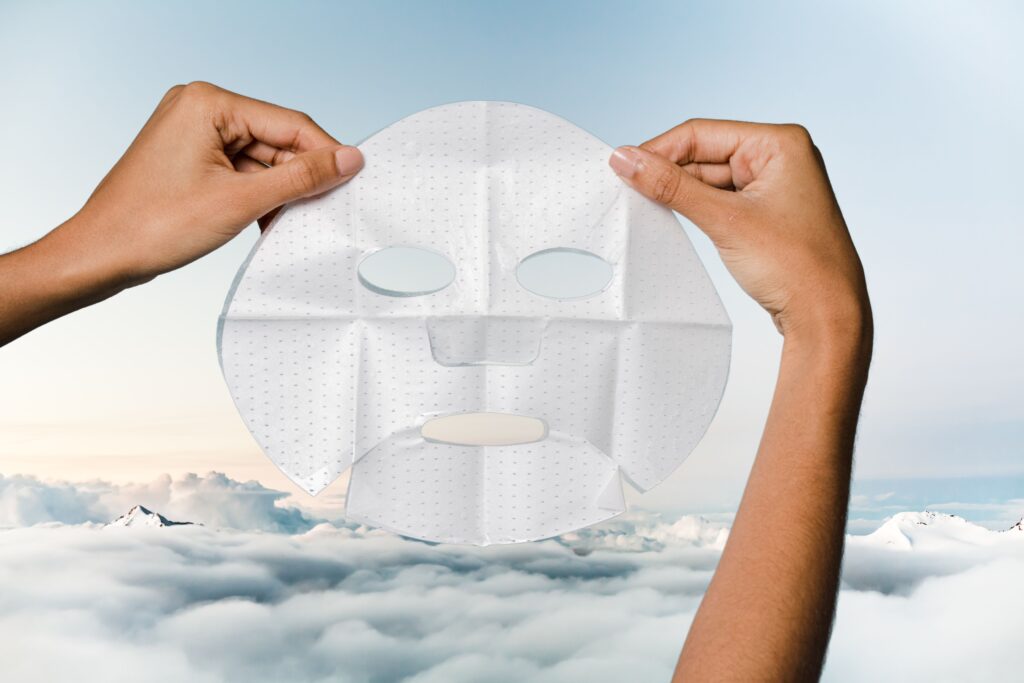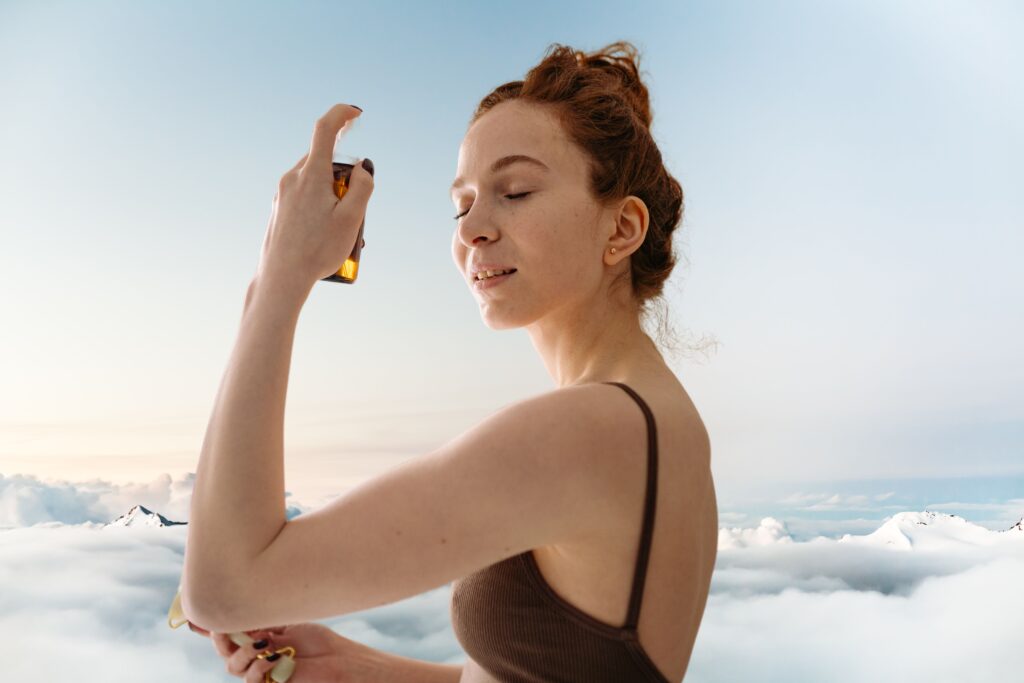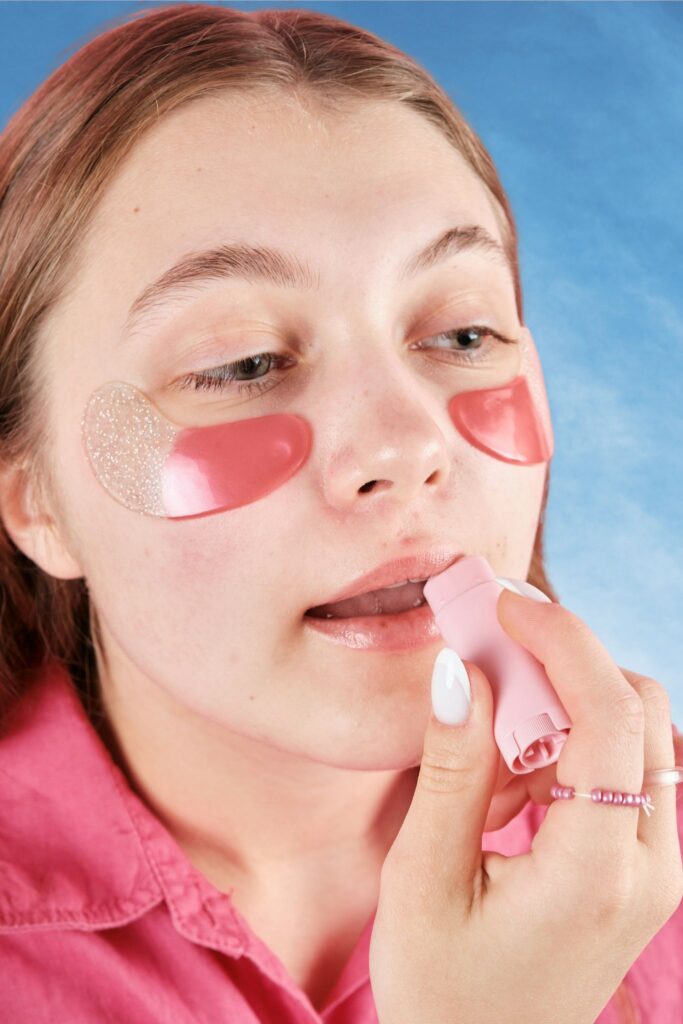Let’s face it: flying does our skin no favours. At cruising altitude, the atmospheric pressure in an aircraft cabin hovers around 6,000-8,000 feet above sea level, creating an environment that can send even the most well-behaved complexion into a tailspin.
With humidity levels often dropping below 20% (compared to the comfortable 40-70% we’re used to on terra firma), our skin faces a perfect storm of dehydration, increased oil production, and general sensitivity. Add recycled air and pressure changes into the mix, and you’ve got a recipe for complexion chaos.
But fear not – with the right approach, you can step off your flight looking refreshed rather than frazzled. Here’s how.
Pre-Flight Preparation: Setting Your Skin Up For Success
The secret to emerging from a long-haul flight with glowing skin lies in thorough preparation. Before you even think about boarding, your skin needs to be properly cleansed and fortified against the challenges ahead. Skip the heavy foundations and powder-based products that can trap bacteria and make dehydration worse – instead, focus on creating a clean, protected canvas.
Start with a gentle, pH-balanced cleanse using micellar water. Look for ones enriched with soothing botanical extracts like chamomile or cucumber – Bioderma Sensibio H2O and La Roche-Posay’s Micellar Water Ultra are fantastic options that won’t strip your skin. Apply your cleanser with soft, biodegradable cotton pads to keep things eco-friendly.
While your skin’s still slightly damp, layer on a hydrating essence. The clever ones contain beta-glucan or polyglutamic acid, which help prep your skin for the environmental stress ahead. Think of it as giving your skin a drink before heading into a drought – you want to build up those moisture reserves with light, consecutive layers rather than slathering on heavy products that might leave you feeling clogged and uncomfortable during the flight.
During The Flight: Your In-Air Skincare Strategy
The First Hour
The first hour of your flight is crucial for establishing a protective shield against that harsh cabin environment. Think of your barrier cream as your skin’s personal bodyguard – you want one packed with ceramides, squalane, peptides, and niacinamide (Vitamin B3). These ingredients work together to create a protective veil that locks in moisture while still letting your skin breathe.
Mid-Flight Maintenance
As your journey progresses, keeping skin hydrated becomes your main mission. Forget basic thermal or rose water sprays – invest in sophisticated hydration mists that actually do something. The best ones combine different sizes of hyaluronic acid molecules with supporting acts like glycerin, beta-glucan, and panthenol. Give yourself a spritz every few hours, but here’s the catch: in super-low humidity, you need to seal that moisture in with a moisturising layer, or it might actually make things worse. Be sure to moisturise your lips too.


Approaching Landing
Now, about those sheet masks – they’ve become as common as neck pillows on long-haul flights these days. If you’re going to join the sheet mask club (and why wouldn’t you?), opt for bio-cellulose or hydrogel masks rather than basic cotton ones. They hug your face better and deliver their goodness more effectively. .
Look for ingredients like beta-glucan, different weights of sodium hyaluronate, Centella asiatica, niacinamide, and adenosine. Just remember to whip it off before it starts drying out – usually around the 20-minute mark – or it’ll start doing more harm than good.
Read: 11 skin care ingredients you should be prioritising
Looking After Specific Skin Concerns
If you’re prone to oily skin, don’t just reach for the blotting papers. Instead, pack a niacinamide-based serum to keep oil production in check, or try those clever volcanic clay-infused blotting sheets that treat while they absorb. A green tea mist can work wonders for balancing things out too.
For puffy eyes (let’s be honest, who doesn’t get them on long flights?), pack an enriched eye serum and some cooling gel patches. Indeed, long flights, lack of movement, and high-sodium snacks can lead to fluid retention and puffiness around the eyes. To tackle those dark circles that have been exacerbated by lack of sleep and dehydration, look for an under-eye mask that contains ingredients like caffeine and cucumber extract to help reduce swelling and puffiness.
Or, consider one that contains brightening agents such as vitamin C or niacinamide, as these can help to lighten dark areas and give you a more awake appearance. Pop them in your carry-on’s ice pack to make them extra refreshing. A bit of gentle massage around the eye area can help too – just be careful not to tug at the delicate skin.


Smart Packing Solutions
Getting your skincare from A to B without leaks or security hassles takes some planning. The obvious choice is a clear cosmetic case as they can make airport security a breeze. However, they tend to get a bit mucky as dirt, smudges, and residue are much more noticeable on translucent material.
Savvy travellers will of course use sustainable cosmetic bags crafted from materials like organic canvas and Fairtrade cotton, as they offer both environmental consciousness and practical functionality. Remember to put your items in a plastic bag and then transfer them to your cosmetic bag after you’ve passed security.
Or, if you’re travelling heavy, consider a bag with thoughtfully designed compartments that keep everything in its place, plus water-resistant linings and clear panels that make security checks a breeze.
Pack travel-sized products in airless pumps where possible, and keep any tools like facial rollers in medical-grade pouches to keep them clean. A neat trick is to pre-soak some cotton pads with your favourite essences or toners and seal them in small reusable bags – much easier than juggling bottles in the tiny airplane loo!
Post-Flight Recovery
Within an hour of landing, give your skin a proper reset. Start with a thorough double cleanse to get rid of all that recycled air grime, then layer on a balancing toner, vitamin C serum for brightness, and a ceramide-rich moisturiser. If it’s daytime, don’t skip the broad-spectrum SPF 50 – your skin might be more sensitive than usual after the flight.
The Bottom Line
A solid in-flight skincare routine isn’t just about vanity – it’s about protecting your skin’s barrier function and microbiome during what’s essentially a few hours in a very weird environment. Understanding what’s happening to your skin at altitude helps you prepare better and maintain its health, no matter how many time zones you cross.
Remember that everyone’s skin reacts differently to flying, so what works perfectly on one flight might need tweaking on another. Pay attention to how your skin feels and adjust accordingly. And perhaps most importantly, don’t forget to drink plenty of water – beautiful skin starts from within, even at 35,000 feet.




